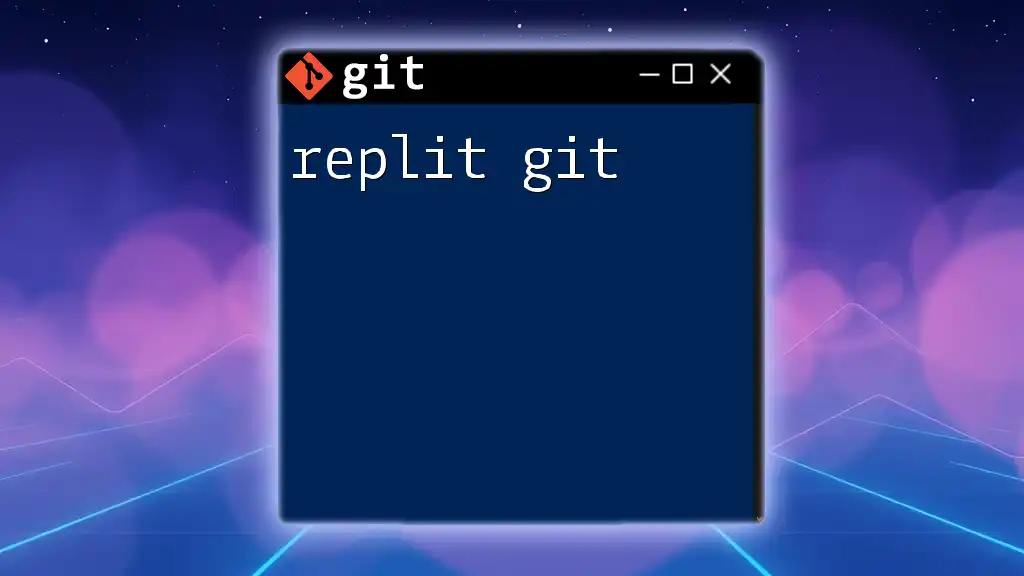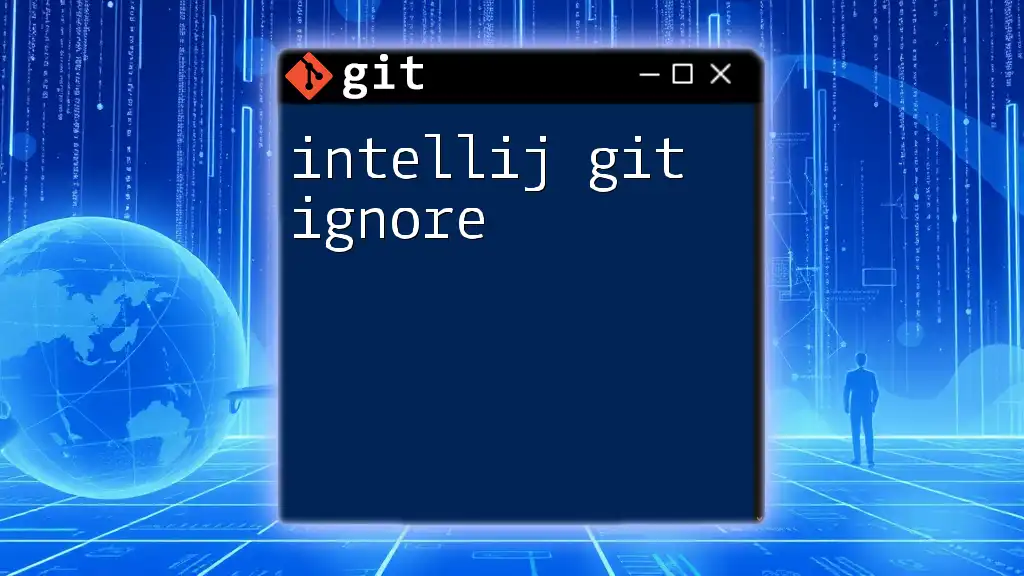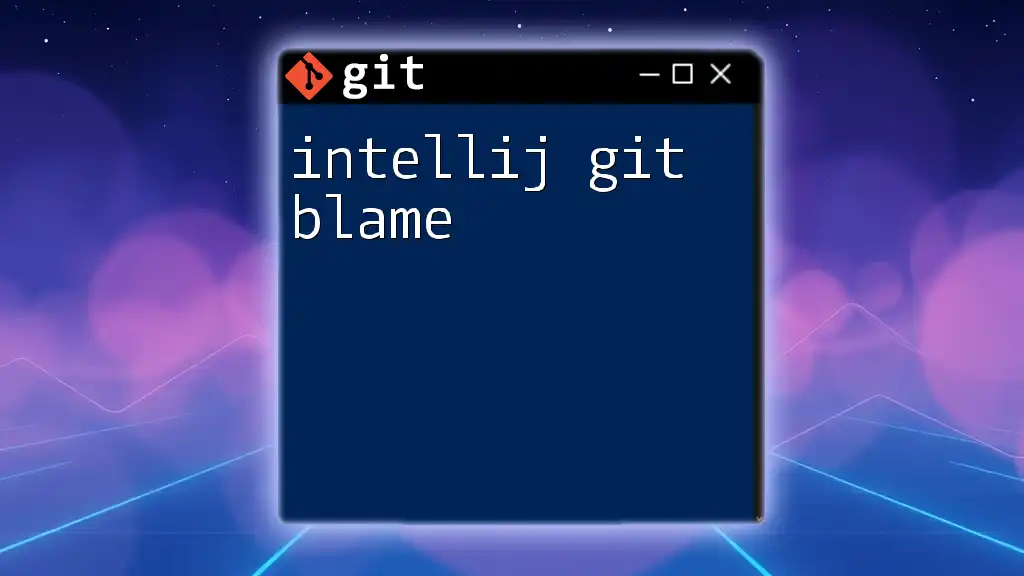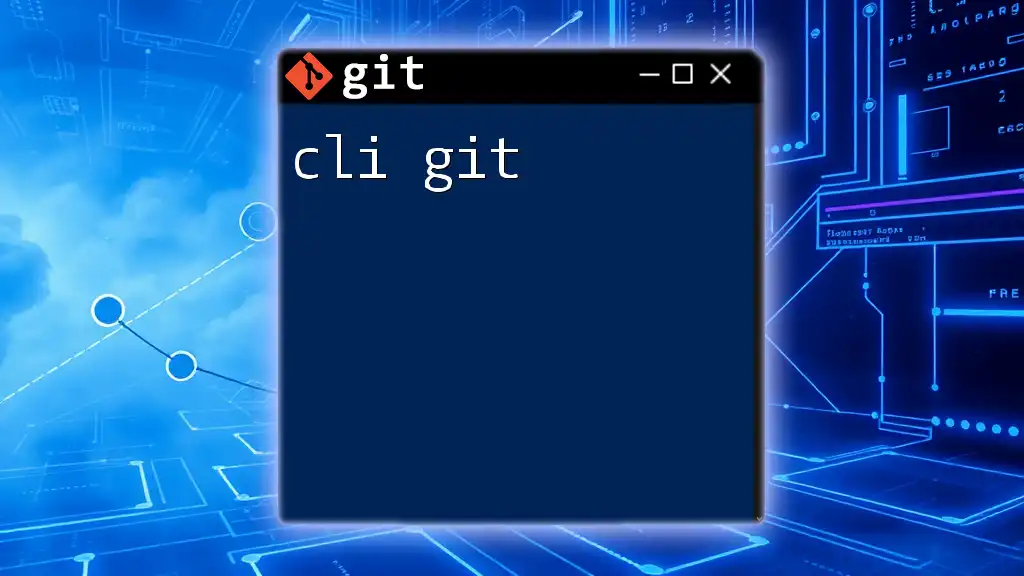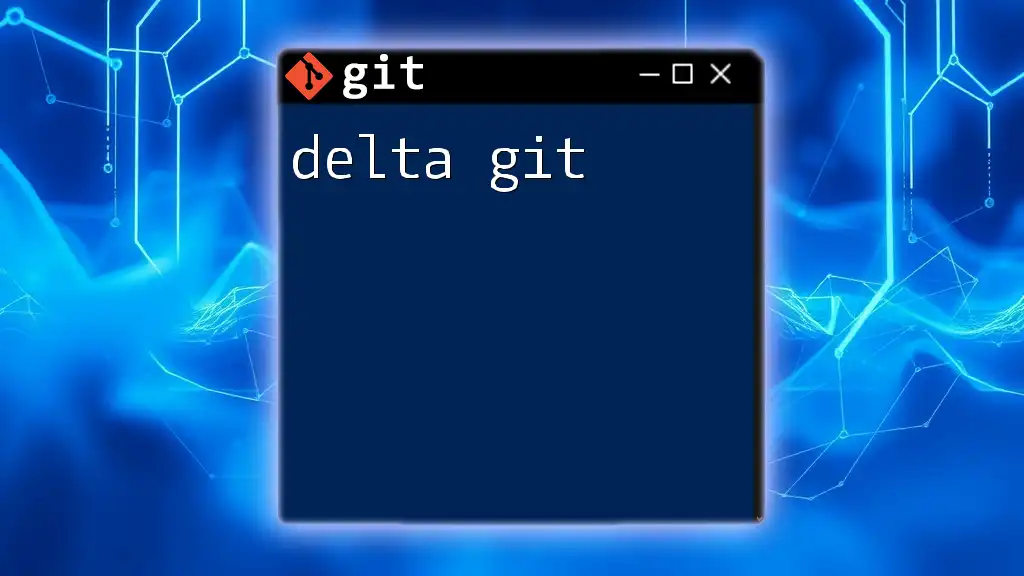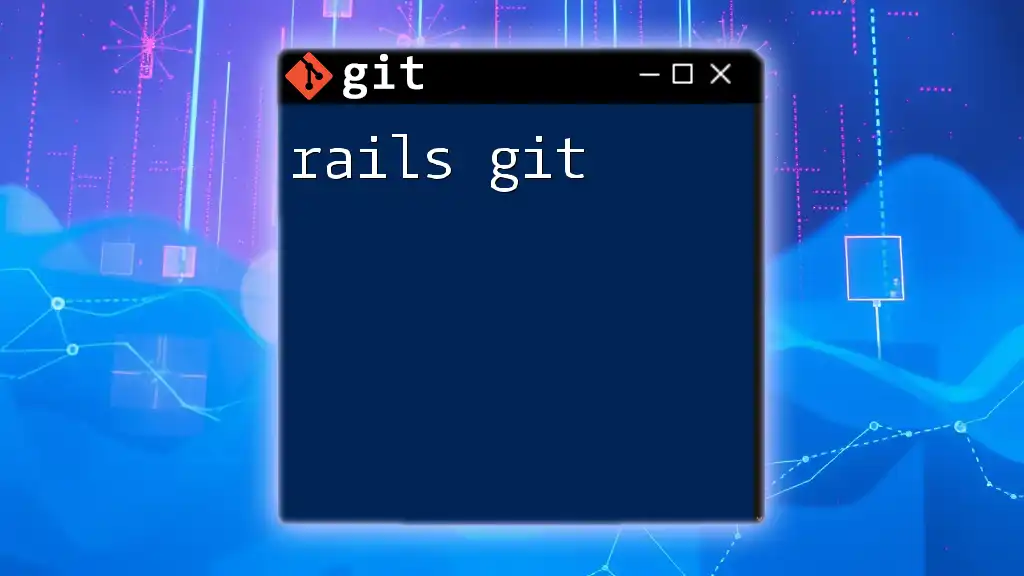Replit provides a collaborative online environment where you can easily use Git commands to manage your projects, facilitating version control and teamwork.
Here's an example of initializing a Git repository in Replit:
git init
Understanding Git and Replit
What is Git?
Git is a powerful version control system that enables developers to manage and track their code changes effectively. It offers several key features that make it essential for both individual and collaborative projects:
- Branching: This feature allows developers to create independent lines of development, enabling them to work on new features or bug fixes without affecting the main codebase.
- Merging: After completing work on a branch, developers can merge their changes back into the main branch, integrating new features seamlessly.
- Committing: Git allows you to save snapshots of your code at various stages, making it easy to revert to previous versions if necessary.
What is Replit?
Replit is an innovative online IDE that facilitates real-time collaboration on coding projects. It provides a platform where users can create, share, and run code in multiple programming languages without the need for complex setups. The primary benefits of using Replit include:
- Ease of Use: No installation is required; create projects directly in your browser.
- Real-Time Collaboration: Replit allows multiple users to code together in real-time, similar to how Google Docs works for text documents.
- Versatile Projects: It supports a wide range of programming languages, making it suitable for diverse coding projects.
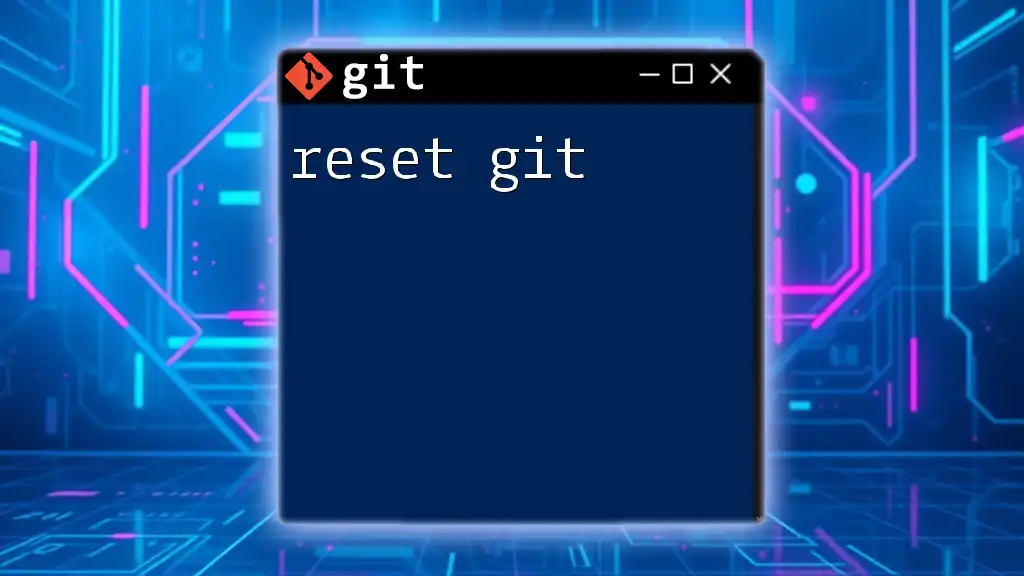
Setting Up Replit with Git
Creating a New Replit Project
To begin using Replit Git, the first step is to create a new project. Go to the Replit homepage, click on the "+ Create" button and choose the desirable template or language for your project. This sets up your coding environment and readies it for integrating Git functionality.
Integrating Git into Replit
How to Initialize a Git Repository
Once your project is created, you'll want to initialize a Git repository. This can be done easily from the Replit Console. Simply run:
git init
This command will create a hidden `.git` directory in your project folder, which tracks all changes and history for your repository.
Connecting Your Replit to a Remote Repository
If you want to collaborate with others or maintain a backup of your project, connecting to a remote repository on GitHub is crucial. Here’s how to go about it:
-
Create a New GitHub Repository: Log into your GitHub account and create a new repository. Note the URL provided.
-
Link Your Local Repository: Use the following command in your Replit console to connect your local Git repository to the GitHub repository:
git remote add origin https://github.com/username/repository.git
This command establishes a connection named `origin` that points to the GitHub repository, enabling you to push and pull changes.
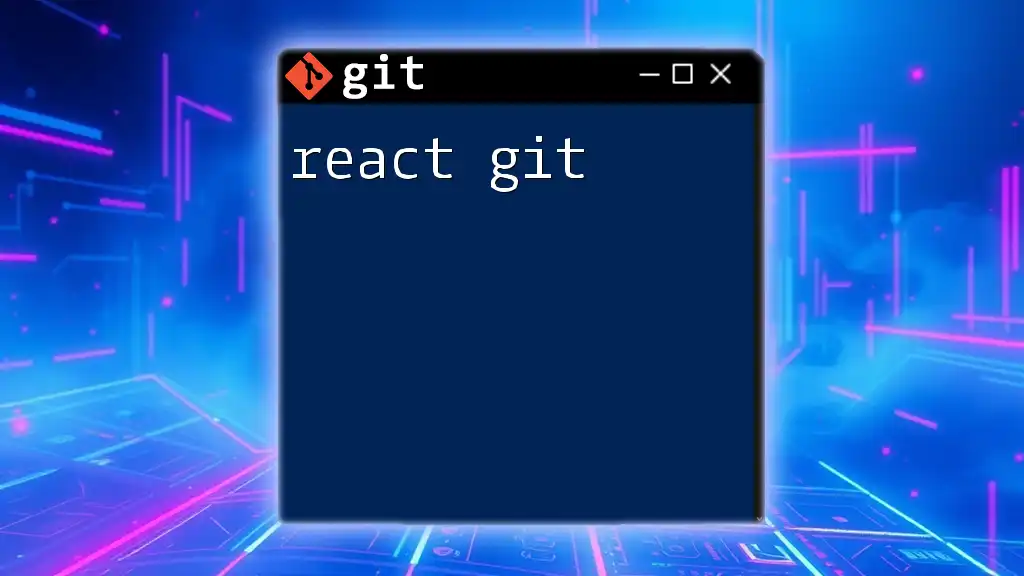
Basic Git Commands in Replit
Checking the Status of Your Repository
To view the status of your local repository, you can use:
git status
This command will provide valuable information about the current branch, staged files, and any uncommitted changes. Understanding this output is essential for efficient code management and project tracking.
Staging Changes for Commit
Before committing your changes, you need to stage them. This process involves selecting which modifications will be included in your next commit. Use the `git add` command followed by the file name:
git add filename.ext
This command adds the specified file to the staging area, preparing it for the commit.
Committing Changes
Once your changes are staged, it’s time to commit them. A commit should encapsulate a logically distinct change, accompanied by a descriptive message:
git commit -m "Your commit message"
Make your commit messages meaningful to convey the purpose of your changes; this will make it easier for you and others to understand the project history in the future.
Viewing Commit History
To see a history of your commits, use the command:
git log
This command displays a detailed record of commits, enabling you to track changes made to the project over time. Understanding your commit history is crucial for coordinating group efforts and managing project timelines.

Branching and Merging in Replit
Understanding Branches
Branches allow you to work on new features or fixes independently from the main codebase. To create a new branch, you can use:
git branch new-branch
Switch to that branch with:
git checkout new-branch
When you finish your work on a branch and want to delete it, simply run:
git branch -d old-branch
This command is useful for keeping your repository clean and manageable.
Merging Branches
After completing your work on a feature branch, you may want to merge it back into your main branch. You can do this using:
git merge new-branch
It’s important to address any merge conflicts that may arise, which occur when changes in both branches conflict. Always review the changes carefully, and ensure the merged code functions as expected.
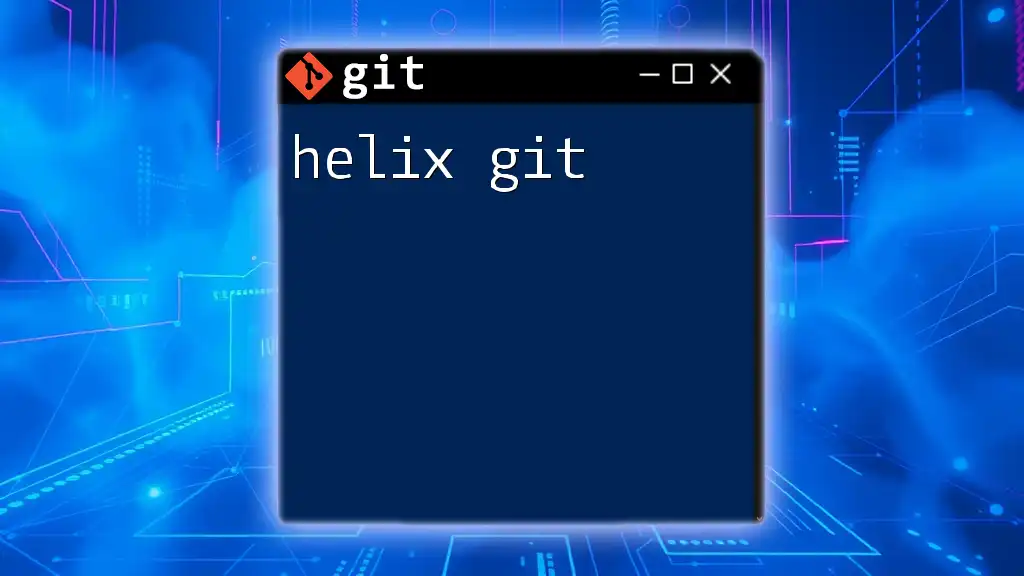
Collaborating with Others Using Git on Replit
Inviting Collaborators
One of the standout features of Replit is its collaborative capabilities. You can invite collaborators to your project by sharing the project link or inviting them directly through Replit. Be mindful of assigning roles appropriately, ensuring that everyone understands their responsibilities.
Pull Requests and Code Reviews
If you connected your Replit repository to GitHub, using pull requests becomes an integral part of collaboration. When you finish working on a branch, you can initiate a pull request, allowing others to review your changes. This practice encourages high code quality and promotes learning through peer feedback.
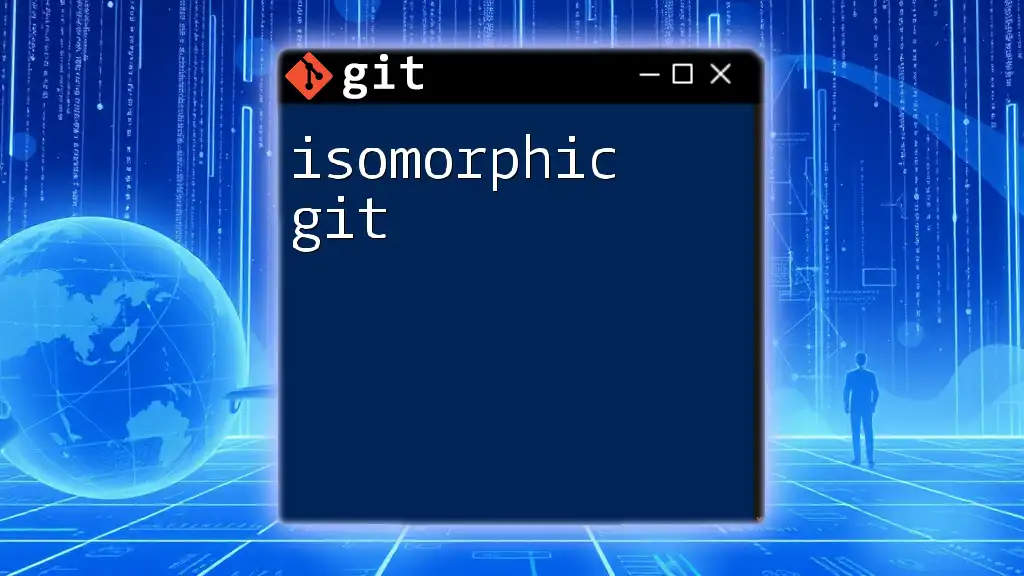
Advanced Git Usage in Replit
Using Git Tags
Tags are useful for marking specific points in your project, such as release versions. To create a tag, use:
git tag -a v1.0 -m "Version 1.0"
This command creates an annotated tag with a message that can be referenced later, greatly benefiting collaboration and release management.
Undoing Changes
Mistakes happen, and Git allows you to revert changes easily. To unstage a staged file, use:
git checkout -- filename.ext
For more extensive modifications, the `git reset` command can help you revert back to previous commits. However, exercise caution, as this will alter your commit history.
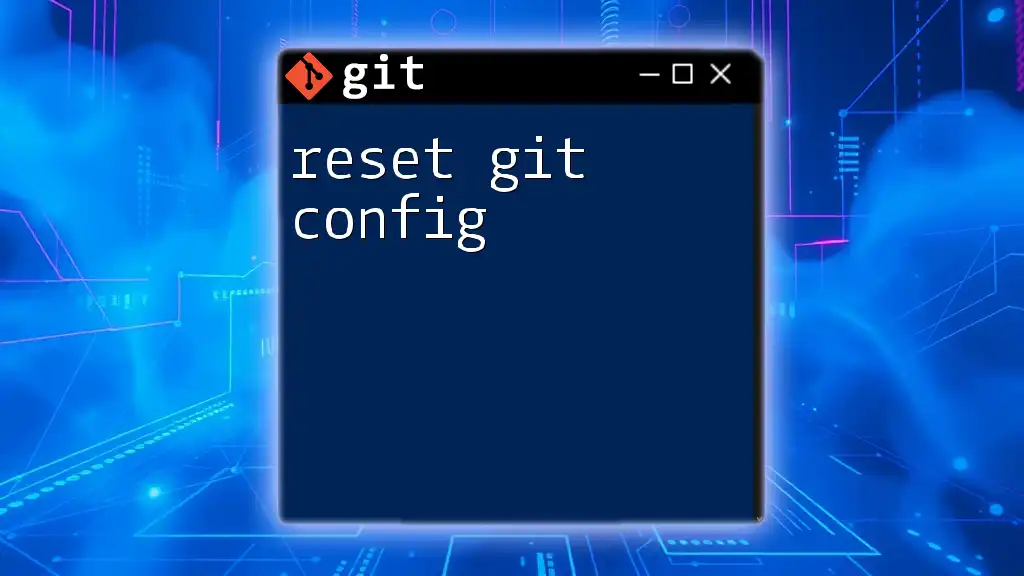
Conclusion
Using Replit Git in your projects enhances productivity, collaboration, and version control. Understanding how to effectively leverage Git within the Replit environment can significantly elevate your coding experience, allowing you to focus on creating and innovating with your projects. Whether you're working solo or in a team, mastering Git commands in Replit empowers you to manage your codebase confidently.
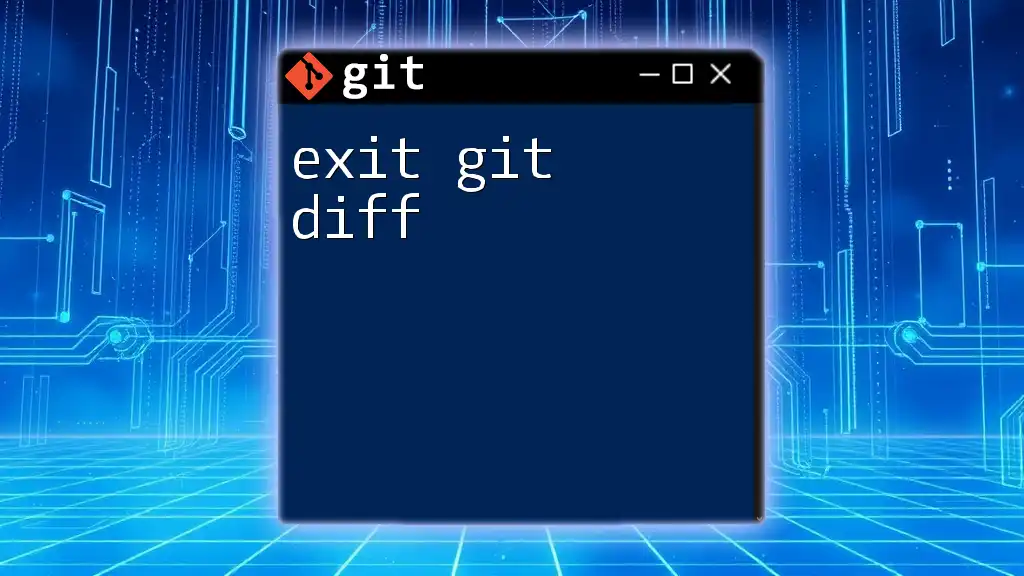
Call to Action
We encourage you to share your experiences and challenges when using Git alongside Replit. Engaging with the community can enhance your learning and provide valuable insights. For those looking to delve deeper into Git and coding practices, explore our additional resources and tutorials available on our platform. Happy coding!

